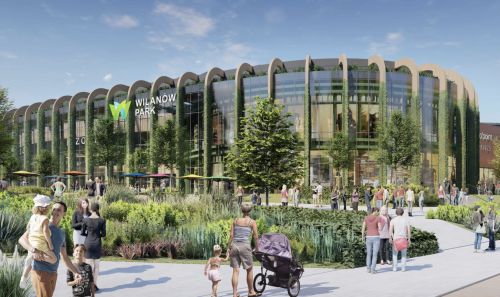Many of the office blocks built in Poland at the beginning of the capitalist era are not quite vintage and certainly couldn’t be regarded as monuments. As the years go by, their standard can fall considerably short of what’s offered today by modern office projects. This can also even be the case for younger buildings, give the transformation that has occurred over the last twenty years or so: the tech, the standards, working patterns and what people actually like. Indeed, the whole concept of office space has undergone a revolution. The time for some extensive modernisation work on many of these buildings is long overdue, but at the moment the scale of such activity is still not significant. “When compared to the US or Western Europe, Poland is still a relatively young market. There the average age of a building is from 30 to 50 years, while in Poland it is around the 13-year mark,” points out Rajmund Węgrzynek, the managing director of Tétris in Poland































































